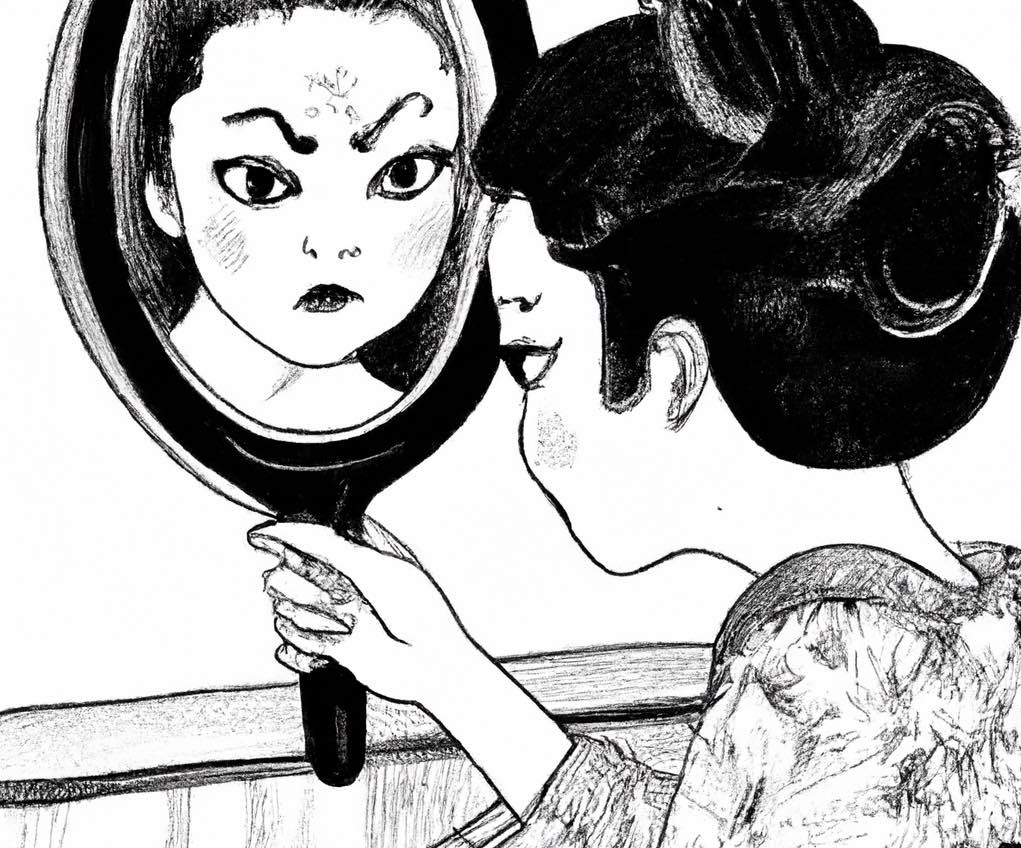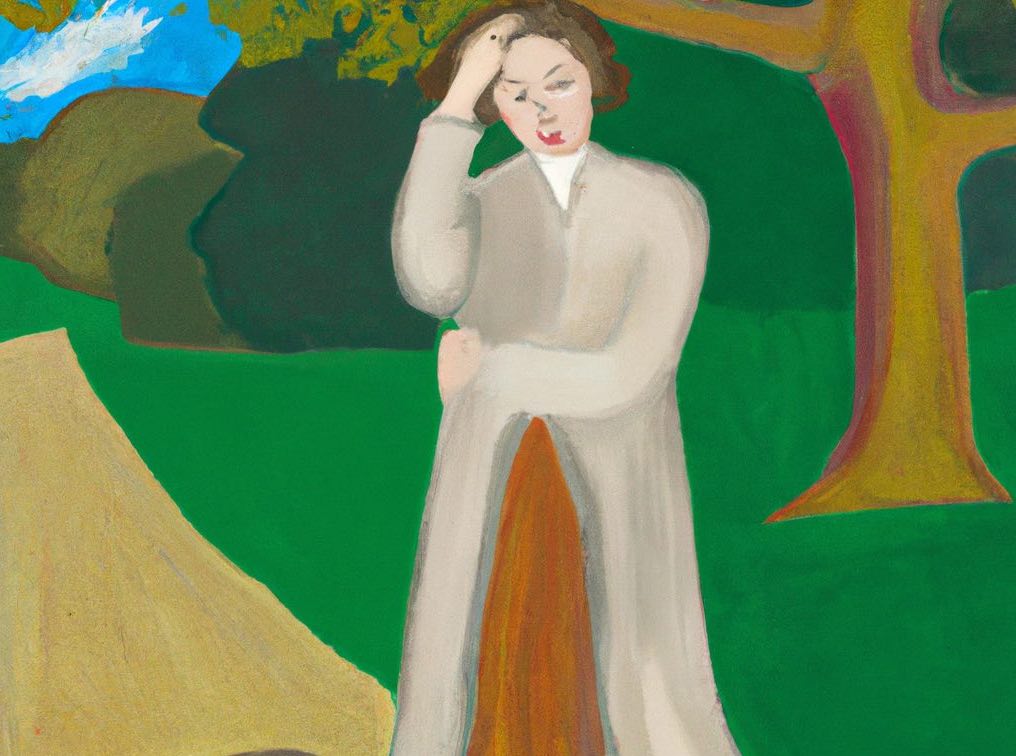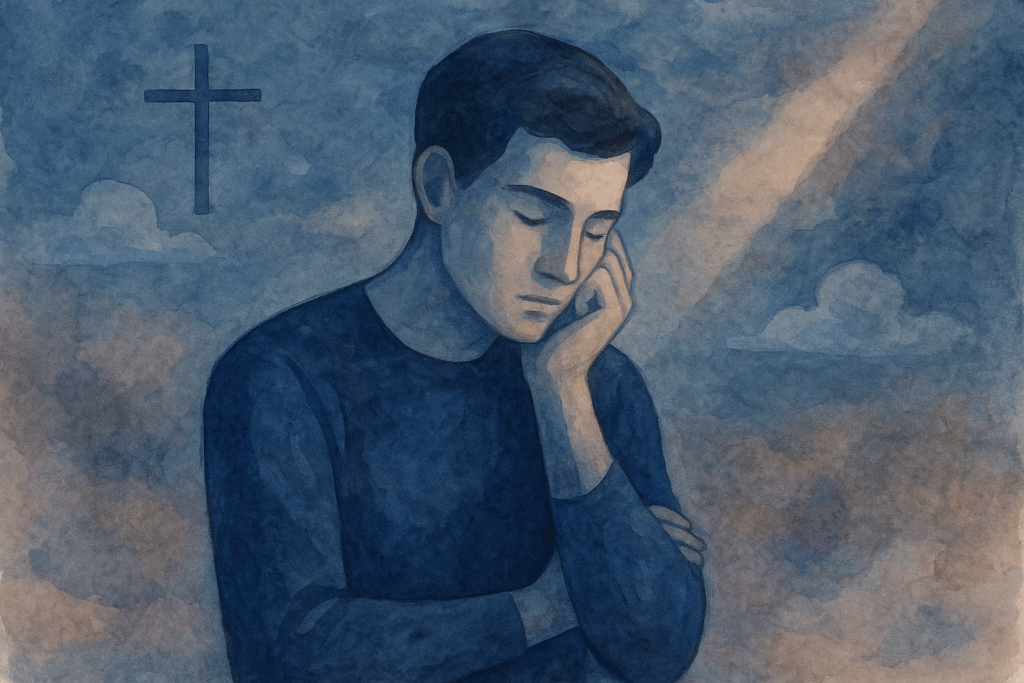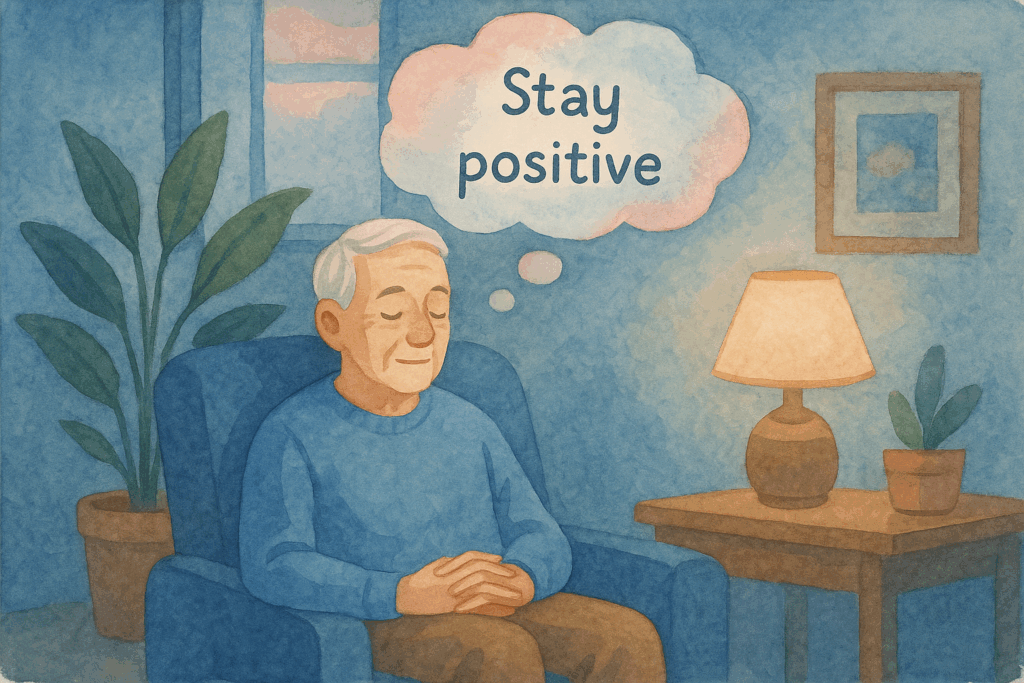We all have bodies, and we all have to take care of them – but sometimes it can be easy to forget that our bodies are actually living, breathing things that deserve our attention and care. It can be easy to treat our bodies like they are objects, and when we do this, we can start to forget that they are actually part of us. This can lead to all sorts of problems, both mental and physical.
I was always treating my body like it was an object. I would neglect it and not take care of it the way I should have.
I would use it to get what I wanted from other people and then I would just discard it. I didn’t realize how much I was harming myself in the process.
It wasn’t until I started working on myself and healing my relationship with my body that I realized how much I had been mistreating it.
I started to think about my my body as a sacred vessel that deserved my love and care. I began to treat it with the respect it deserved and I started to see the benefits almost immediately.
Diyane Blissong, UK
If you find yourself treating your body like an object, it’s important to try and change your perception. Your body is not an object – it’s a part of you, and it deserves your care and attention. Here are some ways to start changing your perception of your body:
- Talk to your body. This may sound silly, but it can actually be really helpful. When you start to see your body as a living, breathing thing, it can be easier to start taking care of it. Talk to your body like you would talk to a friend. Thank it for all the things it does for you, and tell it that you’re sorry for the times when you haven’t treated it well.
- Listen to your body. Your body knows what it needs, so try to listen to it. If you’re feeling tired, maybe you need more sleep. If you’re feeling thirsty, maybe you need to drink more water. Pay attention to the signals your body is sending you, and act on them.
- Treat your body with care. This doesn’t mean you have to go out and buy all new clothes or anything like that. But it does mean that you should start treating your body with the respect it deserves. That means taking care of it – both physically and mentally. Exercise regularly, eat healthy foods, and get enough sleep. And, when you do something that you know is bad for your body, like smoking or drinking too much, try to cut back or stop altogether.
- Be proud of your body. This one can be tough, especially if you’re not used to it. But it’s important to remember that your body is amazing, and it deserves your pride. Be proud of what your body can do, and of the way it looks. Accept your flaws, and love yourself – body and soul.
Changing your perception of your body can be tough, but it’s worth it. When you start to see your body as a living, breathing thing that deserves your care and attention, you’ll be on your way to a healthier, happier life.















